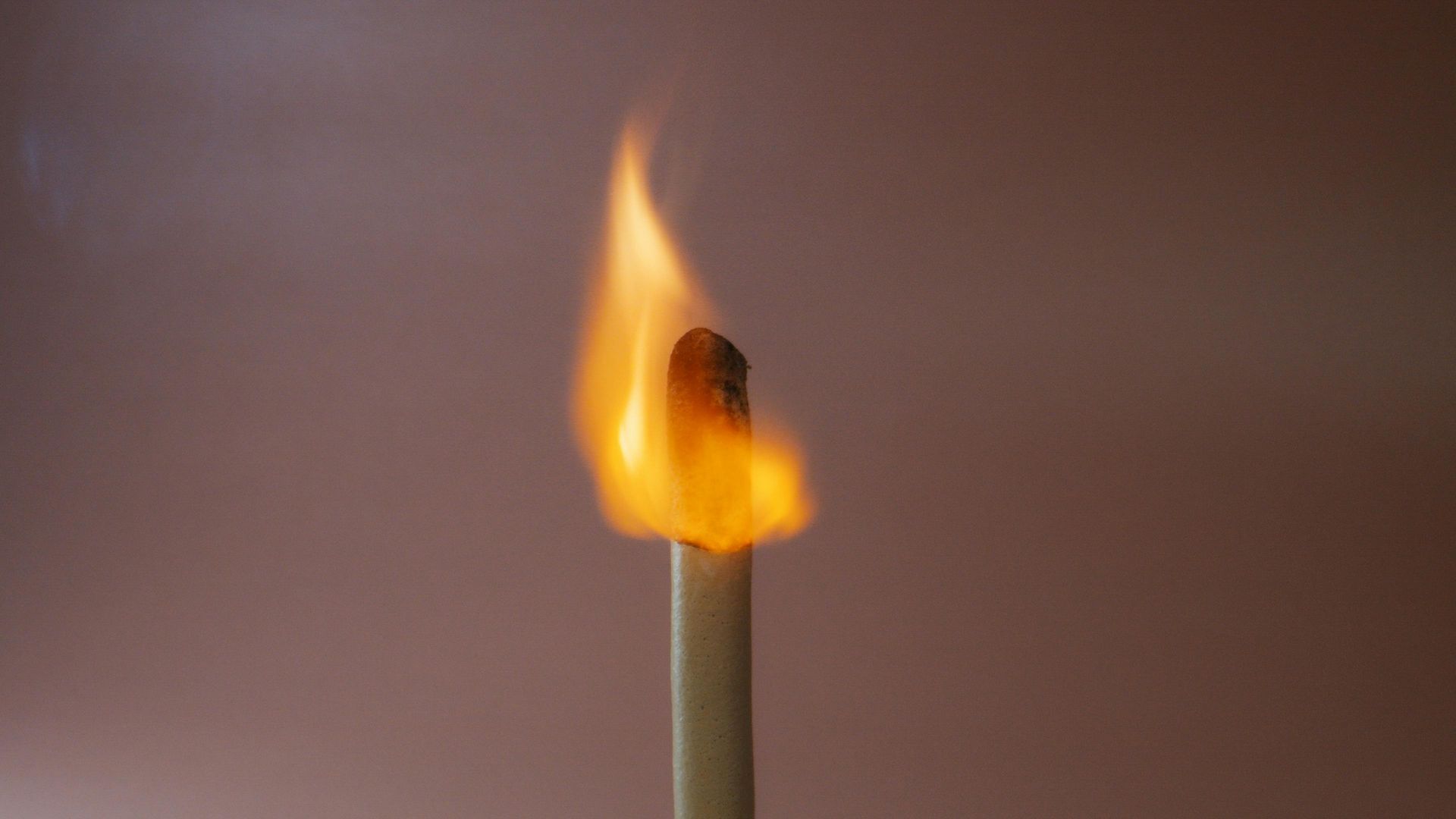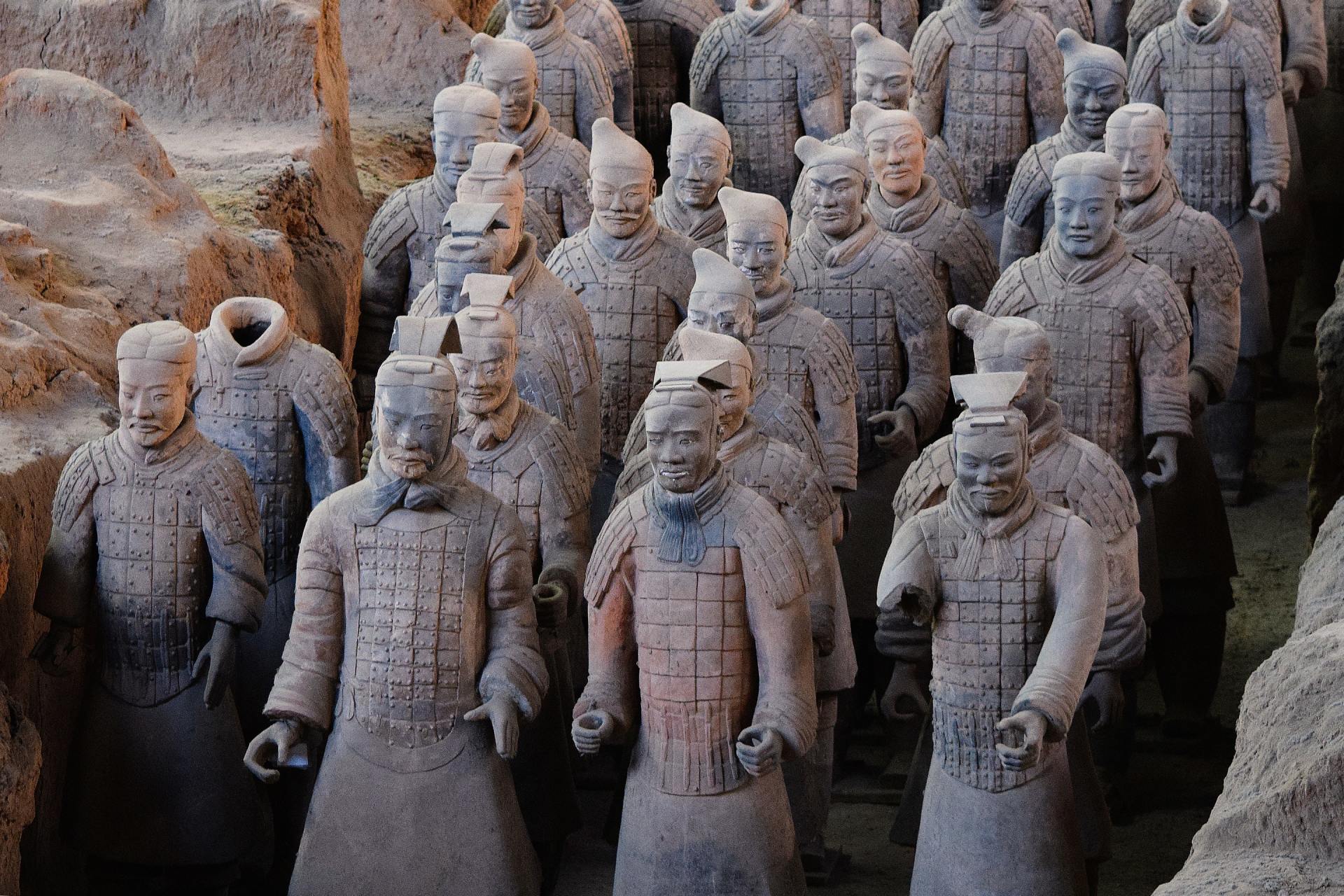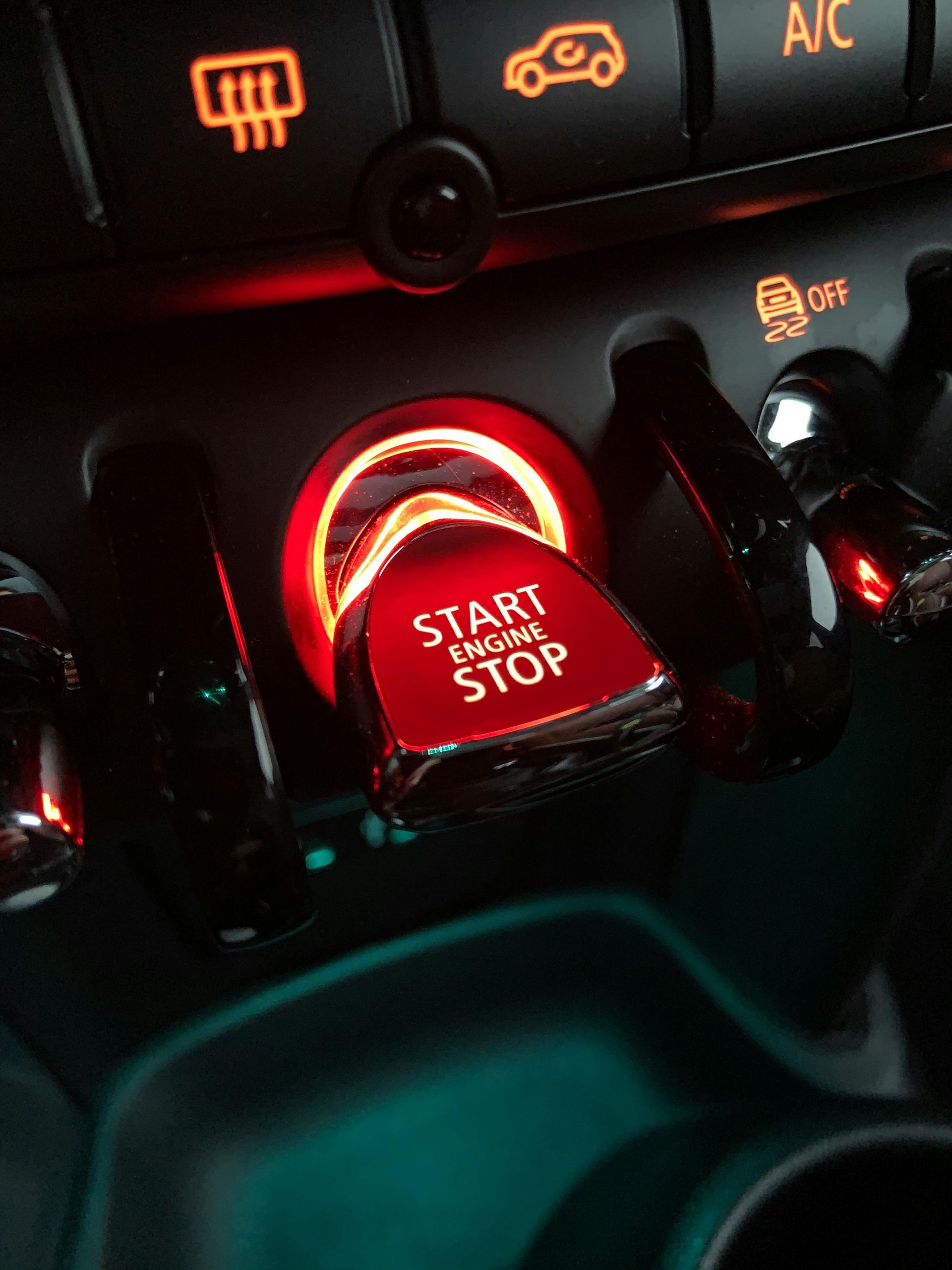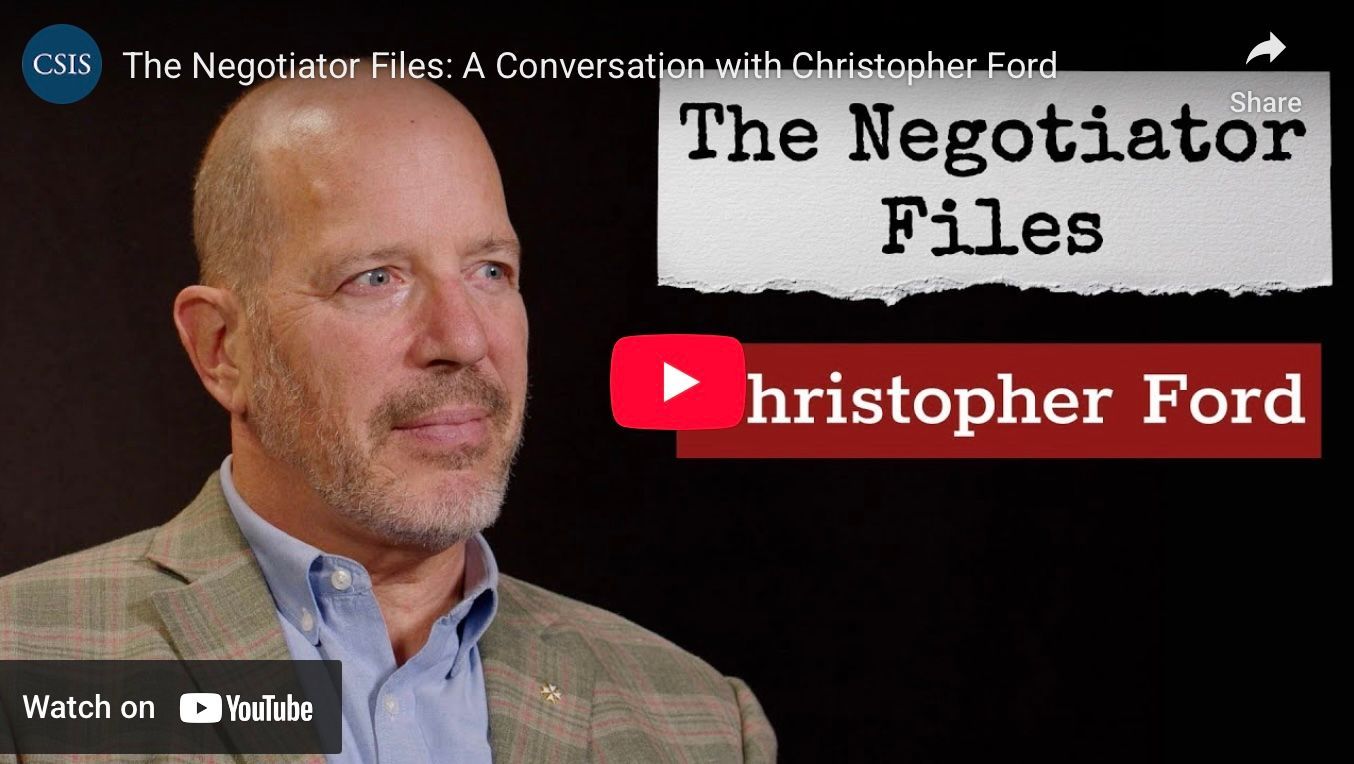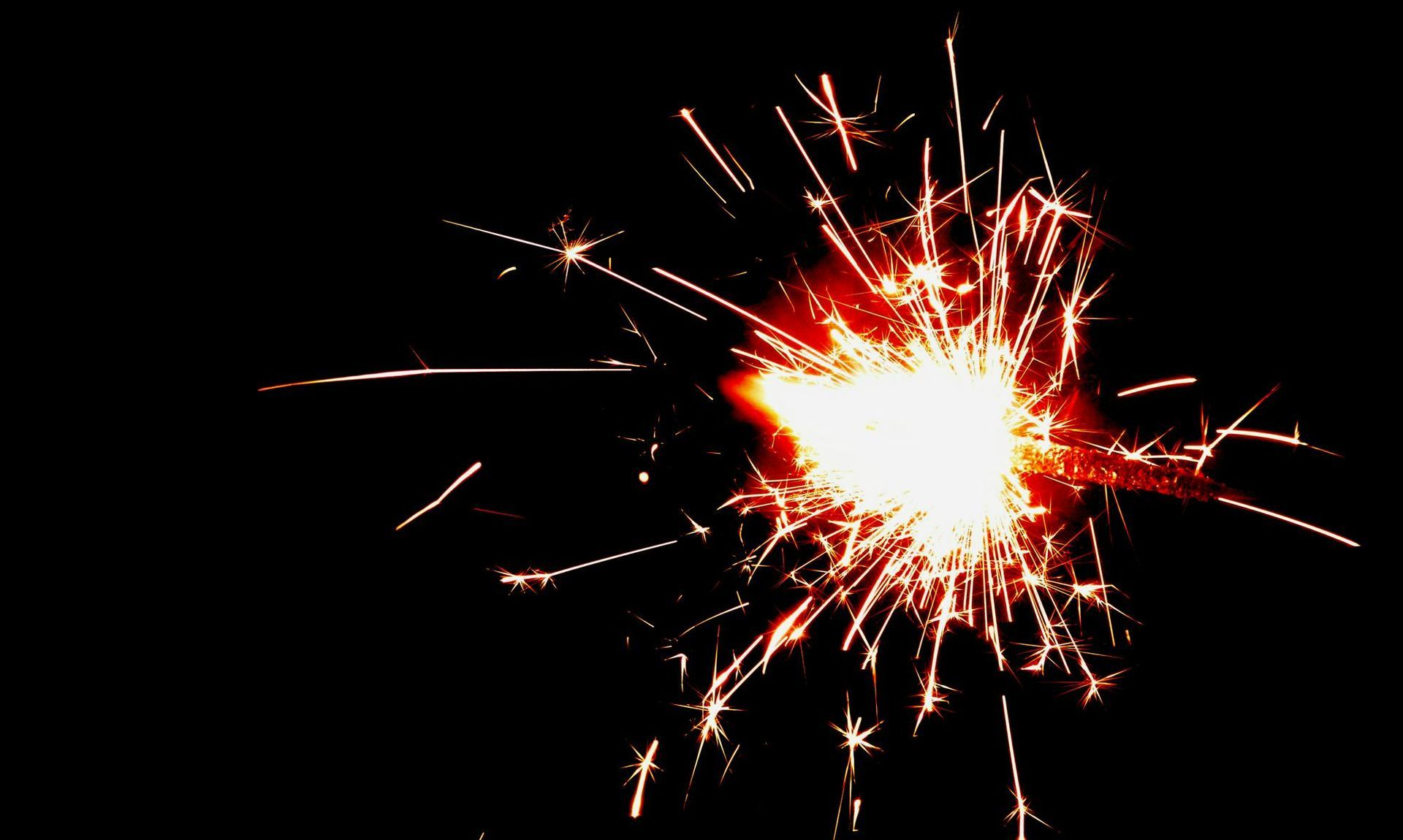Obama’s Dangerous Confidence on Iran
Note:
Below is the text of an article Dr. Ford published on October 20, 2012, on the Real Clear World website.
In his Oct. 11 debate with Congressman Paul Ryan, Vice President Joe Biden scoffed at Ryan’s concerns about the danger of Iran acquiring nuclear weapons, declaring both that “[t]here is no weapon that the Iranians have at this point,” and that “we’ll know if they start the process of building a weapon.” As Biden’s comment illustrates, the Obama administration has been dangerously cavalier in assuming their own omniscience and omnicompetence vis-à-vis Iran. Their smug confidence is misplaced.
It is presumably true that Iran has “no” nuclear weapon at this point, but no one has ever alleged that they do. Rather, the concern is that Tehran's march toward it has now been permitted to come perilously close to completion. Just how close is subject to controversy, but there is enough evidence on the public record to make Biden’s blithe confidence that “we’ll know” if the Iranians “start” building a weapon seem foolish.
In fact, Iran “started” building a weapon many years ago, in the mid-1980s, when it began secretly purchasing equipment for this purpose from the A.Q Khan proliferation network, concealing its work behind systematic lies to the International Atomic Energy Agency (IAEA). Iran’s weapons development program consisted of multiple efforts to develop fissile material production and efforts to develop the “weaponization” capability needed to turn such material into a bomb.
Today, the centrifuge-based enrichment program – known publicly since 2002 – has been permitted to come to maturity, and Iran is presently producing highly-enriched uranium (HEU) at a level of about 20 percent purity. (A level of 90 percent is optimal for a weapon, but by the time you gets to 20 percent some four-fifths of the work has already been done: it’s quick and easy to go from there to bomb-grade, using the same equipment.)
Some U.S. intelligence officials still believe Iran suspended weaponization work in 2003, however recent IAEA evidence suggests otherwise.
[NPF editor’s note: That assessment that Iran suspended weaponization in 2003 dates from a U.S. National Intelligence Estimate (NIE) in 2007. Some of the IAEA documentation related to apparent Iranian weaponization preparations, however, dates from 2004 and 2005, and the Agency even claims to possess information suggesting that Iranian experts were doing mathematical calculations and modeling for the implosion core of a nuclear device as recently as 2008-09. See, e.g., GOV/2008/15 and GOV/2011/65 . The U.S. NIE on Iran, in fact, was apparently even wrong to claim that Iran stopped its “ covert uranium conversion-related and uranium enrichment-related work ” in 2003. Construction of the Fordow enrichment plant may have begun as early as 2002, or in 2006, and even Iran admits that it began building that facility in 2007, before the issuance of the NIE at the end of that year. See, e.g. , GOV/2009/74. Fordow was kept secret by Iran until late 2009.]
I would love to share Vice President Biden’s confidence that we know all about everything the Iranians are (or are not) presently doing, but no serious observer is so blasé about the U.S. Intelligence Community’s omniscience. (Don’t forget: it took until 2007 for our spies to assess that Iran had supposedly suspended weaponization in 2003.)
Even if Tehran did suspend weaponization work, moreover, it had clearly done a good deal of it beforehand, and in any event it is material production rather than weaponization that is considered the biggest challenge for would-be proliferators. The IAEA has already shown Iran to possess documentation describing how to machine bomb parts out of uranium metal, and it has long been suspected – though never proven – that Tehran (like Libya ) received actual bomb designs from the Khan network.
[NPF editor’s note: According to the IAEA, the Iranian document on machining bomb parts is known to be one element of a larger package of materials the A.Q. Khan proliferation network made available to its clients, and which network members kept in electronic form on computers in various locations (some of them including a bomb design more advanced than that given to Libya in hardcopy). The IAEA, in fact, has reported that a member of the Khan network told the Agency that “Iran had been provided with nuclear explosive design information” – which the IAEA is thus understandably concerned may have included “more advanced design information than the information identified in 2004 as having been provided to Libya by the nuclear supply network.” See GOV/2011/65.]
To some extent, therefore, weaponization is for Iran perhaps less of an R&D challenge than simply a matter of following directions in order to assemble a pre-tested device of Chinese and/or Pakistani design.
Joe Biden is sure that “we’ll know” when Iran builds a bomb, but with Iran’s fissile material challenge now all but overcome, how justified is this confidence? The IAEA applies safeguards to Iran’s known fissile material and production facilities, but these methods are not flawless. The IAEA has some continuous video monitoring of some parts of some facilities, but the Iranians deny the Agency real-time access, instead requiring inspectors to visit in person to review the tapes. Since it is widely believed that the IAEA’s figures for the amount of material needed for a weapon are inflated – and the time needed to produce one is thus actually shorter than the official “conversion time” figures around which the Agency organizes the periodicity of inspections – there is certainly cause for concern. (And did I mention that Iran sometimes delays providing inspectors with visas?)
In any event, the IAEA can only monitor what it knows about. Iran has publicly claimed to have workable laser enrichment technology – which is far more concealable than centrifuge cascades – but refuses to respond to IAEA inquiries about it. Iran has also claimed that it intends to build multiple new centrifuge enrichment plants, as well as new research reactors that would provide additional “justification” for HEU production, but again has provided no further information. With U.S. intelligence having assessed in 2007 that Iran had secretly acquired some fissile material on the black market – albeit not at that point enough to build a bomb – it’s worth reminding ourselves about how little we actually know about how ready Tehran is for a final “sprint” to The Bomb, and about how much warning we are likely to get.
Ultimately, in fact, the problem goes far beyond Biden’s glib assumption that it’s a question of “knowing” versus “not knowing.” In the real world, “knowing” is very likely to be only an inference or a probability. Perhaps we would indeed attack Iran if it suddenly expelled the IAEA and called for weaponization. But can anyone really imagine the Obama administration going to war if Iran “temporarily” suspends IAEA visits after concocting some allegation that one or more inspectors secretly work for a Western intelligence service? What if Tehran starts enriching up to 90 percent HEU, still under IAEA safeguards, allegedly to provide fuel for a planned new research reactor, or invokes a provision of its safeguards agreement that would permit it to remove uranium from safeguards for a “nuclear submarine”?
[NPF editor’s note: Iran has already prepared the ground for inspection-terminating accusations against the IAEA, suggesting in September 2012 that “ terrorists and saboteurs ” may have infiltrated the Agency. A menu of excuses for enrichment breakout has also been prepared. In June 2012, Iran claimed that it intends to build a nuclear submarine. Nuclear submarine reactors can be built to run on various grades of fuel, but are commonly fueled with bomb-grade HEU at the 90+ percent level – and at least one Iranian official has publicly mooted the possibility of enriching to 60 percent, allegedly to fuel submarines and other naval vessels. Since at least April 2011, moreover, Iran has claimed to have plans to build four or five new research reactors , to be fueled with HEU. (Historically, research reactors have commonly used bomb-grade uranium fuel. The Tehran Research Reactor, for instance, was originally built to run on HEU at the 93 percent level , being converted to run on 20% enriched fuel only in 1988.) The clerical regime in Tehran is doing its best to ensure that foolishly credulous or pathologically conflict-averse members of the international community will not lack “reasons” for passivity at such point as Iran makes its move. ]
This sort of thing represents, of course, just the kind of gamesmanship one might expect if Iran really does aim to buy time in which to present weaponization as a fait accompli. However, one sees little evidence of the moral courage necessary to meet such challenges in Obama’s narcissistic self-regard or Biden’s smirking condescension. Biden wants us to believe that the Obama administration would not just use force against Iran in extremis , but in fact that it would be willing to use force in such ambiguous circumstances. Few people are likely to believe that.
Biden is dangerously overconfident that “we’ll know” when Iran is building its bomb, but he may be even more wrong to suggest that the Obama administration has the spine to act upon whatever warnings we are likely to receive. If you want swift action, then America needs a new president.
-- Christopher Ford
